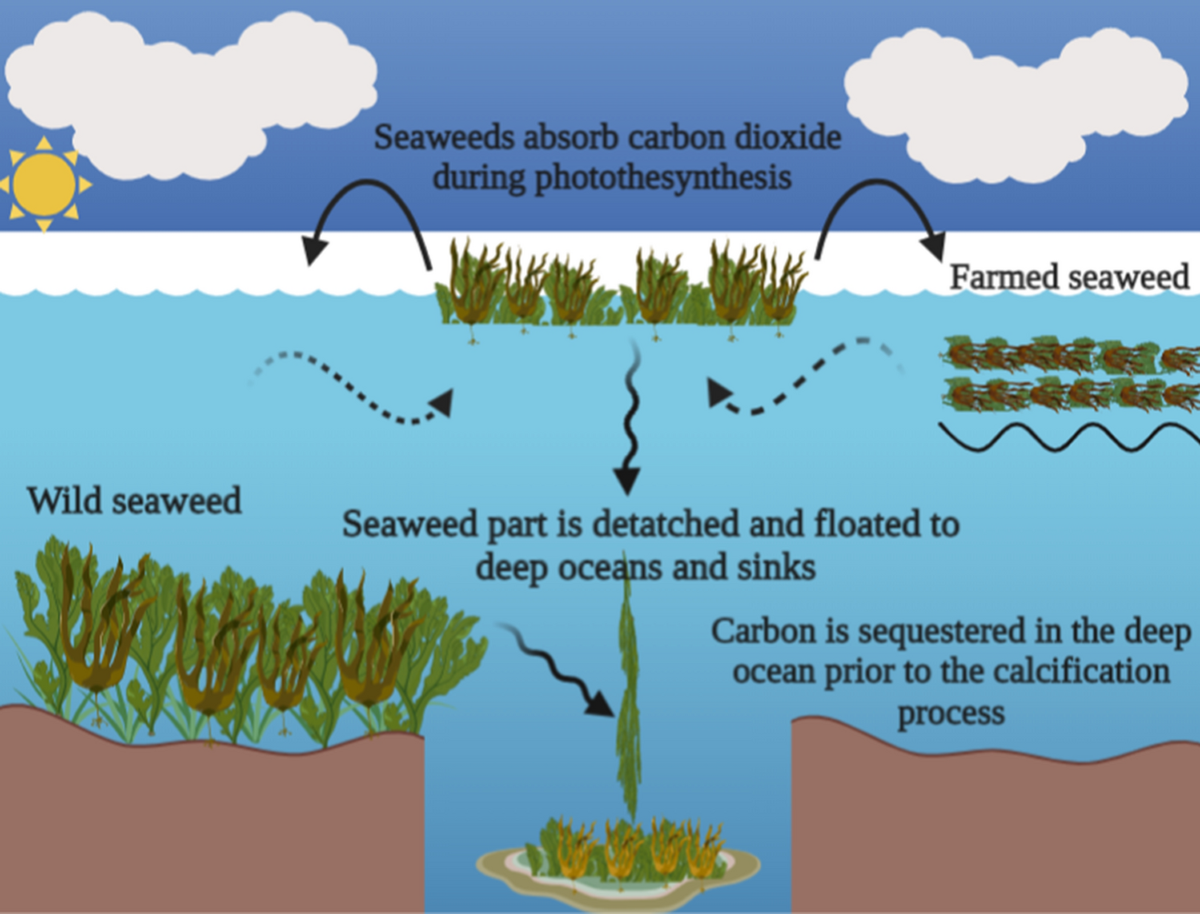India Boosts Seaweed Farming for Blue Economy Growth
Why in News ?
India is promoting seaweed cultivation under the Pradhan Mantri Matsya Sampada Yojana to increase production to 1.12 million tonnes in five years. The move aims to tap into the $5.6 billion global seaweed market and enhance sustainable aquaculture.
Nutritional and Medicinal Power of Seaweeds:
- Seaweeds are nutrient-dense marine algae found in oceans and seas.
- Contain 54 essential nutrients including vitamins, minerals, amino acids, and trace elements.
- Recognized as superfoods, beneficial in managing diabetes, heart disease, arthritis, and enhancing immunity.
- Their health-promoting properties are drawing global attention.
India’s Seaweed Push and Global Opportunity
- Under the Pradhan Mantri Matsya Sampada Yojana (PMMSY), India is promoting seaweed cultivation.
- Target set to boost production to 12 million tonnes in five years.
- Aims to tap into the $5.6 billion global seaweed market, enhancing India’s role in sustainable aquaculture.
- Seaweed farming offers economic upliftment for coastal communities and aligns with the government’s Blue Economy vision.
Environmental Benefits and Future Potential
- Seaweeds require no land, freshwater, or fertilizers, making them eco-friendly.
- They absorb carbon dioxide and release oxygen, aiding climate change mitigation.
- Species like giant kelp create underwater forests, supporting marine biodiversity.
- Applications span food, pharmaceuticals, cosmetics, and biofuels, offering multi-sectoral economic opportunities.
- With increasing interest and government backing, India’s coastline may soon become a hub of sustainable marine farming.
This initiative signals a transformative step in India’s Blue-Green economic growth, leveraging seaweed’s vast untapped potential.




